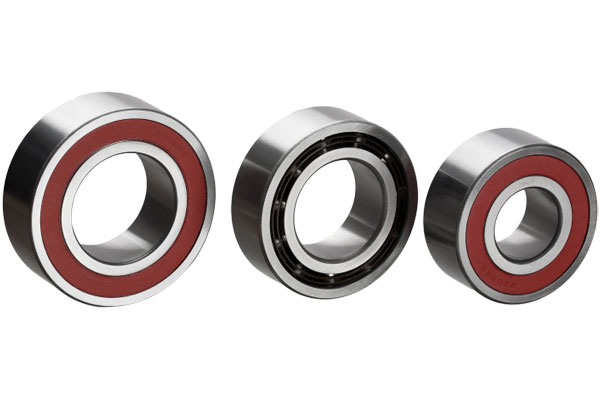Deep Groove Ball Bearing Standard Cages
The standard cages used in deep groove ball bearings are available in a variety of materials. The material used in the cages will be a direct reflection of the performance of the bearing. A deep groove ball bearing must withstand a high radial load to prevent slippage. Standard cage materials can include metal, plastic, hard tissue, and composites. In general, sheet metal cages are used in standard deep groove ball bearings. Special applications may require a different cage material.
The type of cage used in deep groove ball bearings depends on the type of application and the load requirements. Larger bearings will require a ribbed cage. Those that are designed for higher speeds and higher torque will require the RJ cage. Smaller bearings may be designed with a single ribbed cage or a two-piece cage. The cage material will determine the speed range and torque rating.

Deep groove ball bearings are the most common type of ball bearing. They feature low friction, low noise, and low vibration. They accommodate radial loads in both directions. They are easy to mount and require less maintenance than other types of bearings. Several deep groove ball bearing models are customizable for specific applications. If you are looking for a specific type of deep groove ball bearing, consider SKF's Explorer deep groove ball bearing. These are also available with ceramic balls.
Deep groove ball bearings are sealed on both sides and are lubricated with lithium soap grease. Lithium soap grease has a mineral oil base and has excellent anti-corrosion properties. The filling level in deep groove ball bearings is measured to ensure adequate grease for the full life of the bearing. As a result, deep groove ball bearings are maintenance-free. So, you can be assured of its reliability and performance.
- Previous: Single Row Deep Groove Ball Bearings
- Next: Benefits of Deep Groove Ball Bearing Application











